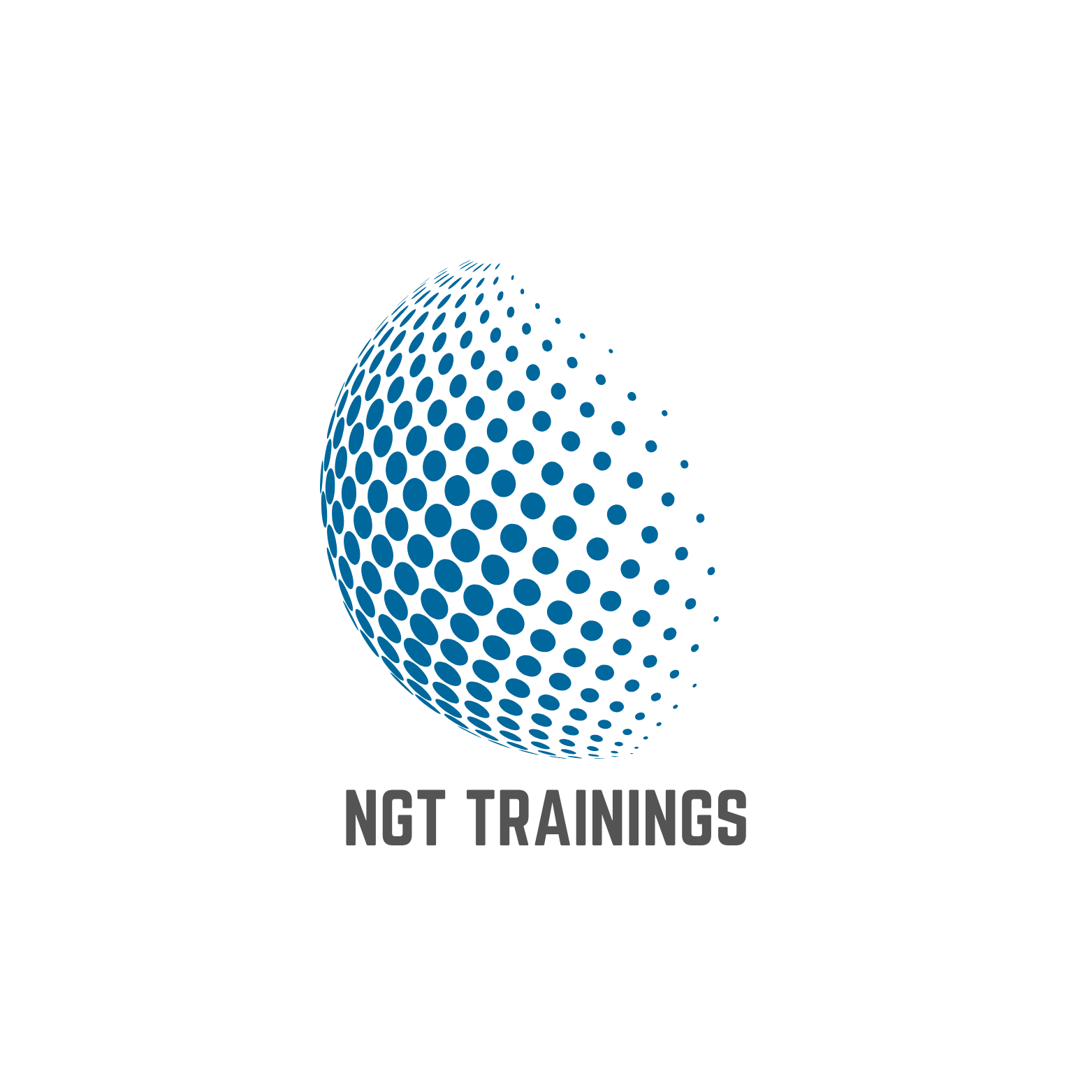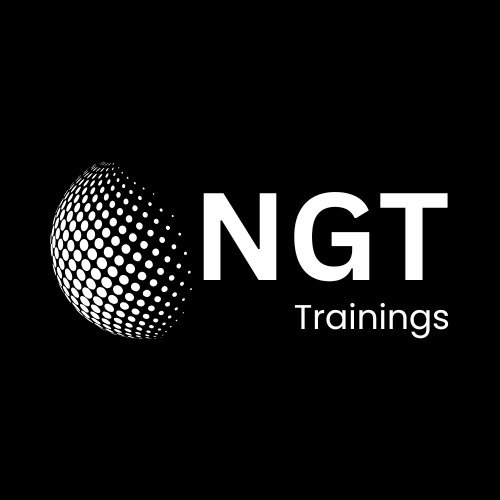Introduction
The demand for skilled Full Stack Developers has skyrocketed in the tech industry. Businesses are seeking professionals who can handle both frontend and backend development, making Full Stack Development a game-changer for developers. But why is it so important? How does it shape the future of web development? In this article, we explore the benefits of Full Stack Development, career growth opportunities, skills required, and its future scope.
What is Full Stack Development?
Full Stack Development refers to the ability to work on both the frontend (client-side) and backend (server-side) of a web application. A Full Stack Developer is proficient in multiple technologies, including programming languages, frameworks, and databases, allowing them to build and manage complete applications independently.
Full Stack vs Frontend vs Backend
- Frontend Development: Focuses on the visual and interactive elements of a website (HTML, CSS, JavaScript, React, Angular, etc.).
- Backend Development: Deals with databases, server logic, and APIs (Node.js, Python, PHP, Java, MySQL, MongoDB, etc.).
- Full Stack Development: Combines both frontend and backend expertise, offering an end-to-end development solution.
Why Choose Full Stack Development?
Choosing a career in Full Stack Development provides numerous advantages, such as:
- Versatility: Full Stack Developers work across various technologies, making them highly adaptable.
- Higher Demand: Companies prefer developers who can handle multiple responsibilities.
- Better Job Opportunities: Full Stack Developers have access to a wide range of job opportunities.
- Increased Salary: Due to their diverse skill set, Full Stack Developers often earn higher salaries.
- Future-Proof Career: With the rise of web and mobile applications, Full Stack Development remains in high demand.
Full Stack Development Benefits
1. Comprehensive Knowledge
A Full Stack Developer understands how different parts of an application interact, leading to efficient problem-solving.
2. Cost-Effective for Companies
Hiring a single Full Stack Developer reduces the need for separate frontend and backend teams, saving costs for businesses.
3. Faster Project Execution
Since Full Stack Developers can handle multiple aspects of development, projects are completed more quickly.
4. High Demand in the Job Market
Companies are constantly looking for developers who can develop and maintain complete applications.
5. Diverse Career Opportunities
Full Stack Developers can work as freelancers, startup founders, software engineers, or project managers.
Full Stack Developer Career Growth
The career growth for Full Stack Developers is promising, with opportunities ranging from junior developer roles to senior tech leads and CTO positions. Companies highly value professionals who can bridge the gap between design and development.
Full Stack Development Job Opportunities
Some high-paying job roles include:
- Full Stack Developer
- Software Engineer
- Backend Developer
- Frontend Developer
- DevOps Engineer
- Technical Lead
- Software Architect
Best Programming Languages for Full Stack Developers
A Full Stack Developer should be proficient in:
- Frontend: HTML, CSS, JavaScript, React.js, Angular, Vue.js
- Backend: Node.js, Python, Java, PHP, Ruby on Rails
- Databases: MySQL, MongoDB, PostgreSQL, Firebase
- Version Control: Git, GitHub
- Cloud Platforms: AWS, Google Cloud, Microsoft Azure
Full Stack Development Roadmap for Beginners
- Learn HTML, CSS, and JavaScript
- Master a Frontend Framework (React, Angular, Vue.js)
- Learn Backend Technologies (Node.js, Python, PHP, Java)
- Understand Databases (SQL, MongoDB, Firebase)
- Work on Real-World Projects
- Master Git and Deployment Tools
- Keep Learning and Stay Updated
MERN Stack vs MEAN Stack Comparison
| Stack | Technologies Used | Best For |
|---|---|---|
| MERN | MongoDB, Express.js, React.js, Node.js | Modern web applications |
| MEAN | MongoDB, Express.js, Angular, Node.js | Enterprise applications |
Future Scope of Full Stack Development
With the rise of AI, cloud computing, and blockchain, Full Stack Developers will remain in demand. The integration of modern tech stacks and automation will further enhance career growth opportunities.
The Role of Full Stack Developers in Modern Tech
- Startups: Handle multiple roles efficiently.
- Enterprises: Bridge the gap between frontend and backend teams.
- Freelancers: Develop and manage full-fledged applications independently.
FAQs about Full Stack Development
1. Is Full Stack Development a good career in 2025?
Yes! With the growing demand for web and mobile applications, Full Stack Developers will continue to be highly valued.
2. How long does it take to become a Full Stack Developer?
Depending on experience and learning pace, it can take 6 months to 2 years to become proficient in Full Stack Development.
3. What is the average salary of a Full Stack Developer?
Salaries vary by region, but Full Stack Developers typically earn between $70,000 – $150,000 per year.
4. Which is better: Full Stack or Backend Development?
Both have their advantages. Full Stack Development offers more versatility, while Backend Development is ideal for those who prefer server-side programming.
5. What is the best Full Stack Development stack in 2025?
The MERN (MongoDB, Express.js, React, Node.js) stack remains popular due to its efficiency and scalability.
Conclusion
Full Stack Development is undeniably a game-changer for developers. With its high demand, lucrative salaries, and extensive career opportunities, mastering Full Stack Development is a valuable investment for anyone looking to excel in tech. Whether you’re a beginner or an experienced developer, the future of Full Stack Development is bright and full of possibilities!
Start your journey today and become a Full Stack Developer in 2025!





